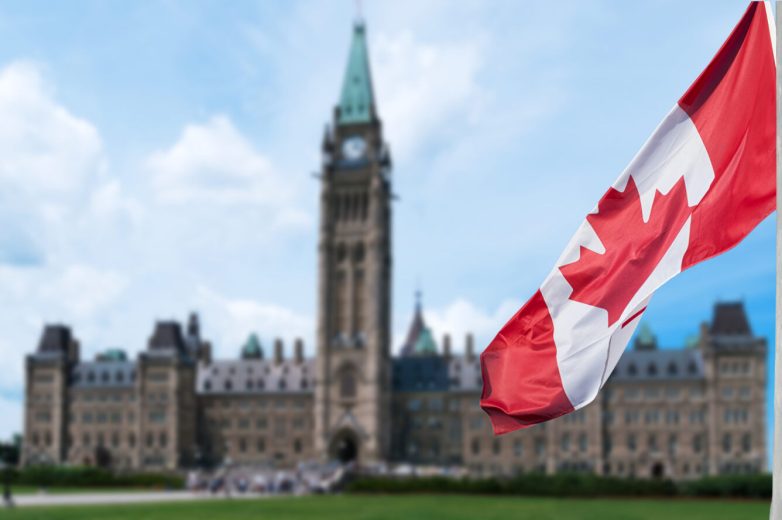By Jennifer Clee
For properties built before 1957, the presence of an underground oil storage tank (UST) poses significant environmental and financial risk to buyers and sellers. Not only are properties with USTs at risk of oil contamination from leaking or eroding USTs, properties adjacent to the affected properties are at risk as well. Provincial and municipal legislation exists to minimize the risk of contamination and to address the effect of any contamination caused by a UST. The costs associated with compliance with that legislation can be significant and disgruntled buyers or sellers unexpectedly faced with those costs often seek to recover them from their REALTORS®.
The BC Fire Code regulates USTs across the province and twelve local municipalities have bylaws setting out additional requirements governing the removal or in-situ treatment of USTs.1 Removal or remediation can be expensive and costs may vary depending on the location of the UST, the procedures required by the applicable bylaw, and by the contractor retained to do the work. Soil contamination to the property and/or adjacent properties caused by oil leaching from a leaking or eroding UST carries an even greater financial risk. Under Section 45 of the Provincial Environmental Management Act (EMA) and the Contaminated Sites Regulation, owners and previous owners of property designated as a contaminated site are responsible for the remediation of the site, unless exempted under Section 46 of the EMA. Depending on the extent of the contamination and the migration of contamination, soil remediation costs can be in the tens of thousands of dollars.
Given the costs, it is vital that any property at risk of having a UST be investigated for the presence of a UST and possible soil contamination prior to the property being sold. Even where a seller has disclosed knowledge of a UST on the Property Disclosure Statement and provided documentation indicating that the UST has either been removed or treated in-situ, further investigation is likely required as it is the bylaw requirements and/or legislation in effect at the time of the sale which must be complied with, not those in effect when the work was completed.
Given the buyer’s responsibility for investigating a property he/she proposes to purchase, a buyer’s agent should advise their client, in writing, to make any offer on a property at risk of having a UST subject to the buyer’s right to inspect the property for the presence of a UST and to test for soil contamination. Be forewarned however, testing for soils contamination is costly and may take a number of weeks to accomplish.
Given the seller’s obligation to disclose latent defects rendering a property dangerous or unfit for habitation, a seller’s agent should advise the seller of the importance of completing the Property Disclosure Statement accurately and ensuring full disclosure of any information regarding a UST. The seller’s agent may also recommend to the seller that any offer received for the property is made subject to the buyer inspecting for a UST and testing for soil contamination.
The Contract of Purchase and Sale should be drafted to reflect the parties’ intentions as to who will be responsible for investigating the property for a UST, for any costs associated with the removal/treatment of a UST and/or for remediation of the property; whether those costs should be limited and what will occur if the estimated costs of remediation exceed the maximum amount specified.
To avoid future claims against their clients and themselves, REALTORS® would be well advised to recommend, in writing, that their clients seek legal advice prior to contracting to buy or sell a property at risk, and to consult the Licensee Practice Manual. USTs are specifically addressed at pages 168-169 and examples of Health and Environmental Disclosure Clauses are provided at pages 170-171.
| 1. |
|
To subscribe to receive BCREA publications such as this one, or to update your email address or current subscriptions, click here.
Without limiting the Terms of Use applicable to your use of BCREA's website and the information contained thereon, the information contained in BCREA’s Legally Speaking publications is prepared by external third-party contributors and provided for general informational purposes only. The information in BCREA’s Legally Speaking publications should not be considered legal advice, and BCREA does not intend for it to amount to advice on which you should rely. You should not, in any circumstances, rely on the legal information without first consulting with your lawyer about its accuracy and applicability. BCREA makes no representation about and has no responsibility to you or any other person for the accuracy, reliability or timeliness of the information supplied by any external third-party contributors.
-
 Landlords Take Notice – Recent Amendments to BC Tenancy Legislation #574
Landlords Take Notice – Recent Amendments to BC Tenancy Legislation #574 -
 It’s Finally Here: The Short-Term Rental Accommodations Act #572
It’s Finally Here: The Short-Term Rental Accommodations Act #572 -
 Listing and Selling Tenanted Properties #553
Listing and Selling Tenanted Properties #553 -
 Prohibition on Rental and Age Restrictions in Strata Buildings #556
Prohibition on Rental and Age Restrictions in Strata Buildings #556











